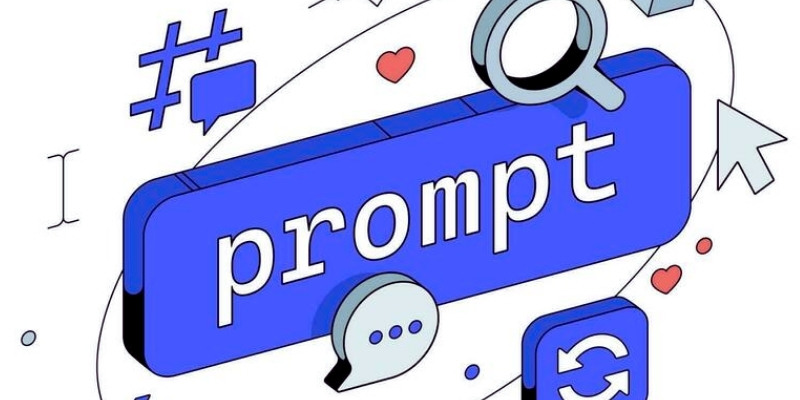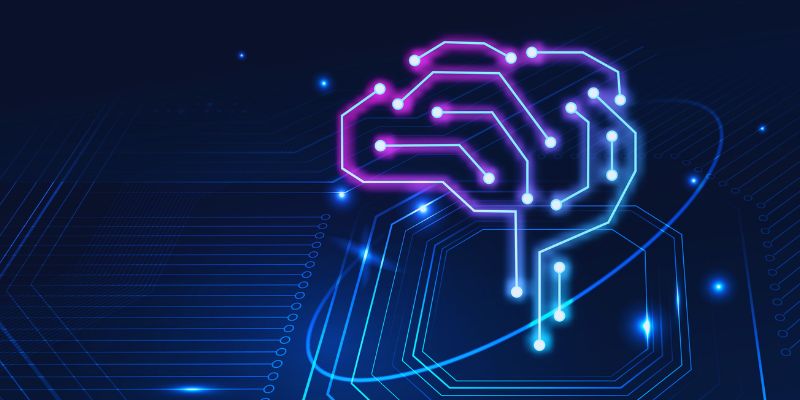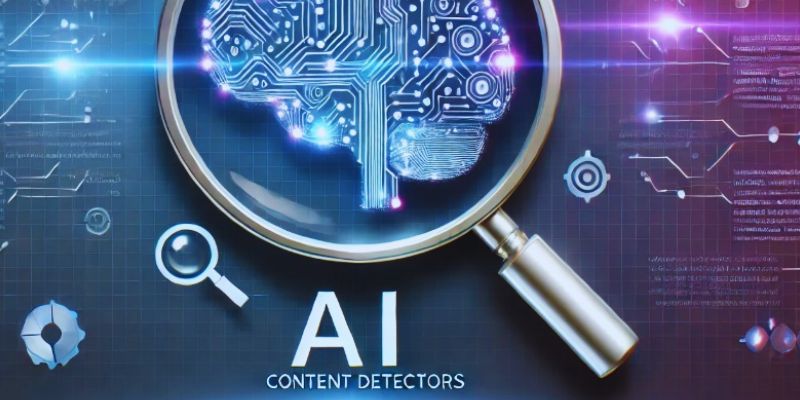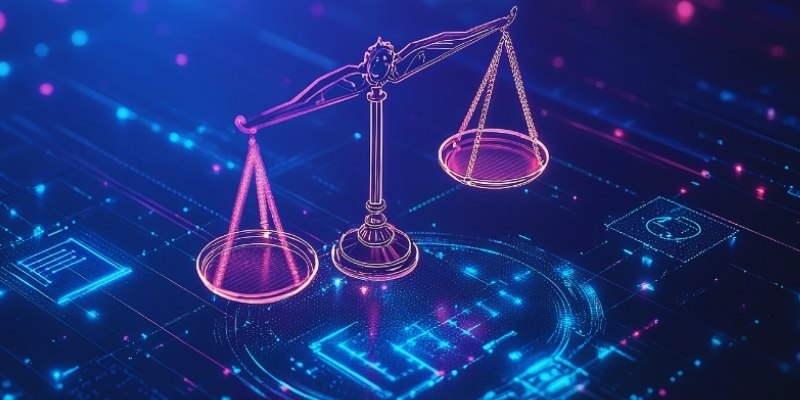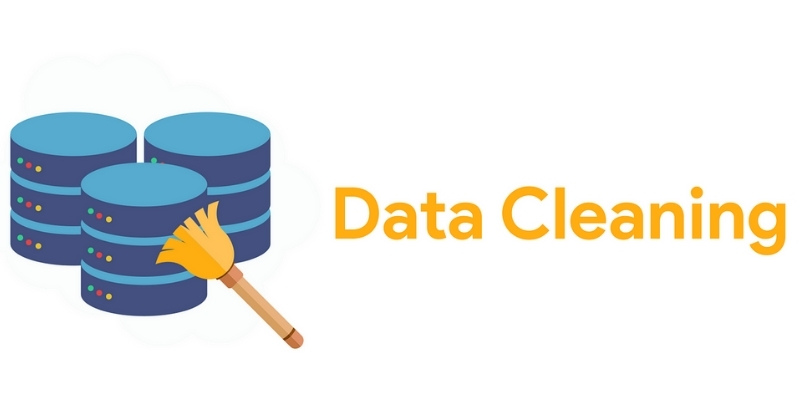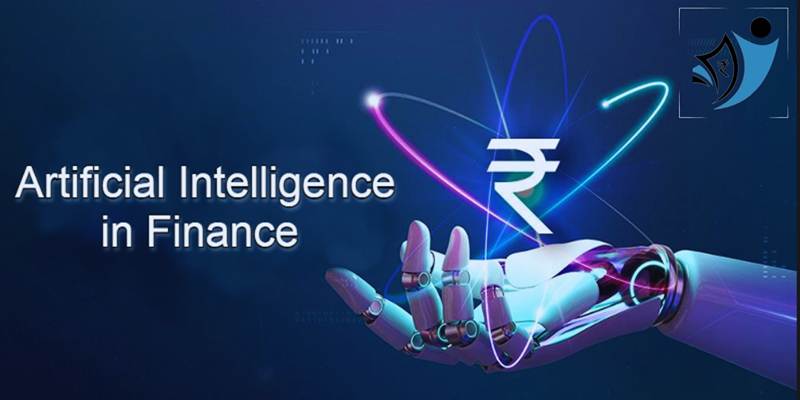AI is revolutionizing sectors all around the planet. Regulating governments are helping to control risks and guarantee moral growth. AI affects transportation, economics, defense, and healthcare. Artificial intelligence without appropriate legislation might cause security concerns, discrimination, and invasions of privacy. Laws center on justice, data privacy, and responsibility. The scene of artificial intelligence regulations is changing fast. Legal systems nations are building to direct the acceptance of artificial intelligence.
Companies have to follow these guidelines to avoid fines. Knowing these rules lets businesses keep ahead. The article examines global AI rules, important frameworks, compliance difficulties, and upcoming developments. Businesses, legislators, and developers depend on keeping current with artificial intelligence regulations. The direction of artificial intelligence adoption will be much shaped by regulatory compliance.
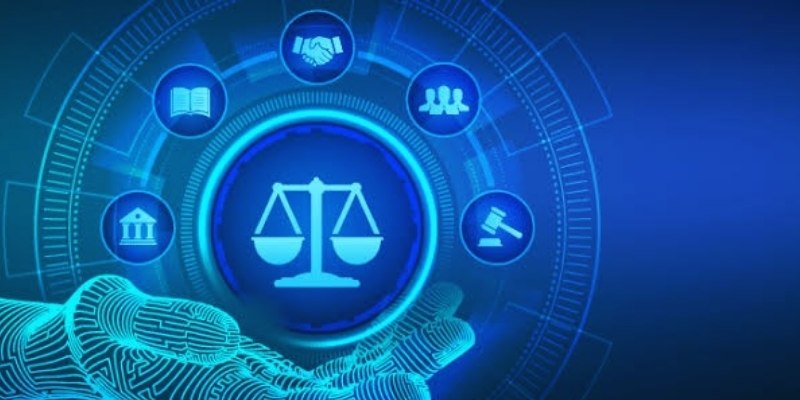
Understanding AI Regulations:
Laws and rules controlling artificial intelligence development and application are known as AI regulations. These guidelines guarantee artificial intelligence systems' transparent, fair, and safe operation. Governments all around are implementing AI governance rules meant to safeguard their people. AI rules mostly aim to lower risk. AI poses security concerns, false information, and bias. By calling for openness and responsibility, regulatory systems help to reduce these issues.
AI rules vary across countries. Strict rules for the European Union (EU) are established under the AI Act. The United States uses a sector-specific strategy whereby various businesses have distinct guidelines. China adopts strict artificial intelligence rules targeted at ethical AI development and government control. Businesses applying artificial intelligence have to guarantee compliance. Non-compliance could cause legal problems, fines, and damage to reputation. Maintaining ethical AI practices depends on companies keeping current with artificial intelligence legal standards.
Major AI Regulatory Frameworks
Countries have different rules for artificial intelligence. AI governance is shaped globally by many main paradigms.
EU AI Act
The European Union AI Act is among the most advanced legislative systems. It places four danger levels on artificial intelligence systems:
- Unacceptable risk AI: banned (like mass monitoring and social rating).
- High-risk AI: strictly controlled (medical tools and autonomous cars).
- Limited risk AI: Requires transparency (e.g., AI chatbots).
- Minimal risk AI: No particular guidelines (such as artificial intelligence in video games).
Good documentation and control are prerequisites for high-risk artificial intelligence systems. Companies operating inside the EU must follow these rules.
United States AI Regulations
There is not one artificial intelligence law in the United States. AI is instead controlled depending on sectors:
- Healthcare AI: Under patient safety, the FDA watches this.
- Financial AI: SEC controls this to stop fraud.
- Defense AI: applies Pentagon rules about national security.
Like California, several U.S. states impose privacy rules connected to artificial intelligence. Companies must abide by federal and state regulations to guarantee artificial intelligence compliance.
China's AI Regulations
China has tight artificial intelligence rules stressing government control and ethics. The Cyberspace Administration of China (CAC) controls artificial intelligence uses. AI methods have to be registered with authorities. AI-developing companies have to guarantee impartiality and steer clear of false information. AI regulations are also being implemented in other nations, including Canada, Japan, and India. Companies have to negotiate these rules so they are compliant.

The Role of Data Privacy in AI Regulations
AI depends on big data, and safeguarding this information is crucial. Many rules on artificial intelligence center on data security and privacy.
Europe's GDPR
The General Data Protection Regulation (GDPR) is Europe's principal privacy law. It calls for businesses to:
- Obtain user consent before collecting data.
- Provide transparency on AI data usage.
- Let consumers erase their information.
GDPR infractions cause hefty fines. Artificial intelligence-using companies have to abide by GDPR rules.
California's CCPA:
The California Consumer Privacy Act (CCPA) offers customers data control. Companies have:
- Disclose AI-driven data collection.
- Allow users to opt out of data tracking.
- Secure user data from breaches.
China's PIPL
One of the toughest data rules in China is the Personal Information Protection Law (PIPL). It forbids artificial intelligence firms outside China from distributing user data without permission. Data security policies must be included in artificial intelligence businesses to guarantee regulatory compliance.
AI Ethics and Accountability in Regulations
Regulations heavily rely on artificial intelligence ethics. Governments wish artificial intelligence systems to be open, fair, and responsible.
- AI Bias and Fairness: In artificial intelligence, bias could cause discrimination. Guidelines mandate that creators reduce algorithmic bias, conduct fairness audits, and ensure equal AI treatment for all users.
- Transparency and Explainability: AI needs to be comprehensible. Users should be aware of how artificial intelligence decides. Companies must record artificial intelligence operations per the EU AI Act and U.S. FTC.
- Human Oversight: Many AI laws require human supervision. High-risk artificial intelligence uses, including medical diagnostics and self-driving automobiles, require human involvement. Laws on artificial intelligence ethics guarantee AI stays accountable. Businesses should follow these rules by applying standards of justice and openness.
AI Regulation Challenges for Businesses
Following artificial intelligence rules presents various difficulties for companies.
- High Compliance Costs: Compliance with AI regulations might be costly. Businesses must commit money to legal teams, audits, and artificial intelligence monitoring systems. Small companies could find these expenses challenging.
- Complex Global Laws: AI laws differ all around. Businesses doing business internationally have to follow several artificial intelligence legal frameworks. It poses compliance difficulties.
- Data Privacy Restrictions: Data protection rules restrict artificial intelligence data use, including GDPR and PIPL. Businesses have to reinterpret AI models to follow privacy rules.
- Ensuring AI Fairness: AI bias can have legal ramifications. Companies must record AI decisions and conduct fairness checks.
To overcome these obstacles, proactive compliance plans are needed. Maintaining current knowledge of artificial intelligence legislation guarantees the ethical and legal application of the technology.
Conclusion:
AI laws are determining the direction of technology. Governments enforce AI rules to guarantee responsibility, security, and justice. Companies must follow global AI rules to stay out of the legal hotbed. Knowing AI regulatory compliance guides businesses toward ethical behavior. Companies must keep up with the changes in the legal environment of artificial intelligence. Future artificial intelligence rules will emphasize AI fairness, privacy, and transparency. One must invest in compliance strategies. Companies should guarantee legal compliance, execute risk analyses, and follow ethical artificial intelligence standards. Changing with new AI rules will pay off over the long run.

